
NGC 935 and IC 1801 are a pair of interacting galaxies within the Aries constellation. They were discovered on 18 September 1885 by Lewis Swift. NGC 935 is the northern member of the pair, and IC 1801 is the southern. Together, they are listed in Halton Arp's Atlas of Peculiar Galaxies as Arp 276, as an example of interacting galaxies.
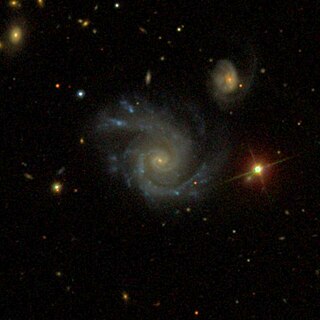
NGC 5829 is a spiral galaxy located in the constellation Boötes. It is 281 million light-years away from Earth and was discovered by astronomer, Edouard Stephan in May 1882.

NGC 80 is a lenticular galaxy located in the constellation Andromeda. It is currently interacting with two other barred spiral galaxies NGC 47 and NGC 68, and was discovered on August 17, 1828 by John Herschel.
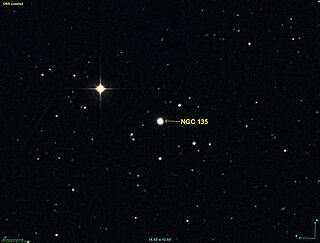
NGC 135 is a lenticular galaxy located in the constellation of Cetus and 335 million light-years away and is 40,000 light-years across.
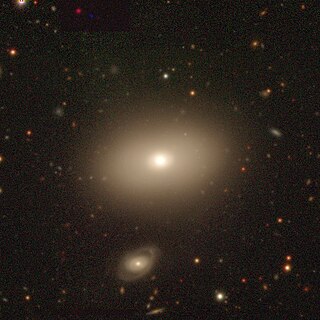
NGC 7302 is a lenticular galaxy located around 124 million light-years away from Earth in the constellation of Aquarius. NGC 7302 was discovered by British astronomer William Herschel on October 3, 1785 and was rediscovered by American astronomer Lewis Swift on August 8, 1896 and was listed in the IC catalogue as IC 5228. It is also part of a group of interacting galaxies.

NGC 7010 is a massive elliptical galaxy located about 365 million light-years from Earth in the constellation Aquarius. NGC 7010 was discovered by astronomer John Herschel on August 6, 1823, and was later listed by French astronomer Guillaume Bigourdan as IC 5082.

NGC 7012 is a large, bright elliptical galaxy located about 380 million light-years away from Earth in the constellation Microscopium. NGC 7012 was discovered by astronomer John Herschel on July 1, 1834.

NGC 7020 is a barred lenticular galaxy located about 140 million light-years away in the constellation Pavo. NGC 7020 was discovered by astronomer John Herschel on August 31, 1836.

NGC 7080 is a barred spiral galaxy located about 204.5 million light-years away in the constellation of Vulpecula. It has an estimated diameter of about 100,000 light-years which would make it similar in size to the Milky Way. NGC 7080 was discovered by astronomer Albert Marth on September 6, 1863.

NGC 4633 is a spiral galaxy located about 70 million light-years away in the constellation of Coma Berenices. It is interacting with the nearby galaxy NGC 4634. NGC 4633 was discovered by astronomer Edward D. Swift on April 27, 1887. It was rediscovered on November 23, 1900, by astronomer Arnold Schwassmann and was later listed as IC 3688. NGC 4633 is a member of the Virgo Cluster.

NGC 4482 is a dwarf elliptical galaxy located about 60 million light-years away in the constellation Virgo. NGC 4482 was discovered by astronomer William Herschel on March 15, 1784. It was rediscovered by astronomer Arnold Schwassmann on September 6, 1900 and was listed as IC 3427. It is a member of the Virgo Cluster.
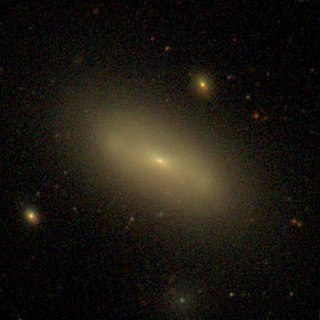
NGC 4497 is a lenticular galaxy located about 60 million light-years away in the constellation Virgo. NGC 4497 was discovered by astronomer William Herschel on March 15, 1784. It was rediscovered by astronomer Arnold Schwassmann on November 8, 1900 and was listed as IC 3452. NGC 4497 is a member of the Virgo Cluster.

NGC 499, also occasionally referred to as PGC 5060, IC 1686 or GC 289, is a lenticular galaxy in the constellation Pisces. It is located approximately 197 million light-years from the Solar System and was discovered on 12 September, 1784 by astronomer William Herschel.

NGC 4540 is a spiral galaxy with type 1 Seyfert activity located about 64 million light-years away in the constellation Coma Berenices. NGC 4540 was discovered by astronomer William Herschel on March 21, 1784 and is a member of the Virgo Cluster.
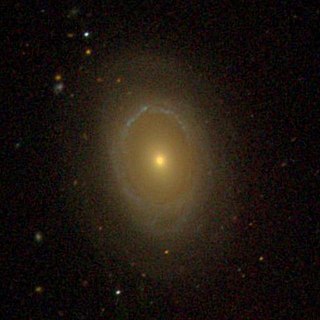
NGC 3884 is a spiral galaxy located about 330 million light-years away in the constellation Leo. The galaxy was discovered by astronomer William Herschel on April 27, 1785 and is a member of the Leo Cluster.

NGC 6056 is a barred lenticular galaxy located about 525 million light-years away in the constellation Hercules. It was discovered by astronomer Lewis Swift on June 8, 1886. It was then rediscovered by Swift on June 8, 1888 and was later listed as IC 1176. NGC 6056 is a member of the Hercules Cluster.

NGC 4895 is a lenticular galaxy located 330 million light-years away in the constellation Coma Berenices. The galaxy was discovered by astronomer Heinrich d'Arrest on May 5, 1864 and is a member of the Coma Cluster.
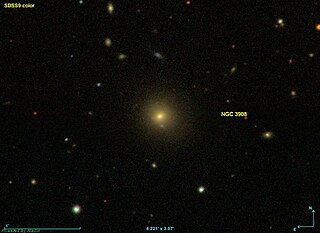
NGC 3908 is one of the furthest NGC objects. It is an elliptical galaxy located 1.2 billion light-years away in the Leo constellation with an estimated 280,000 thousand light-years across in diameter. It was discovered on April 10, 1885, by Lewis Swift, who found the object too faint for the naked eye to see. The identification of the celestial object observed by Swift is uncertain. The coordinates place it approximately 7.5 arcminutes south-southwest of a galaxy previously listed, potentially identifying it as PGC 36967. However, astronomers Corwin and Gottlieb argue that the object is much fainter than Swift's descriptions suggest, indicating it may have been too faint for him to observe. Although the right ascension aligns with another of Swift's discoveries on the same night, the discrepancy in declination is notably larger. It remains unclear if PGC 36967 is NGC 3908, and it is equally probable that Swift's observed object is "lost," with any nearby galaxy merely coincidental to Swift's original position. Due to its relatively large size, NGC 3908 is considered a brightest cluster galaxy, a BCG.

NGC 5008 is a massive barred spiral galaxy located in the Boötes constellation.

IC 2754 is a type Sc spiral galaxy located in the constellation Leo. Its redshift is 0.070479, which corresponds to IC 2754 being 970 million light-years from Earth. It has an apparent dimension of 0.50 x 0.2 arcmin, which means IC 2754 is 141,000 light-years across. IC 2754 was discovered on March 27, 1906, by Max Wolf.




















